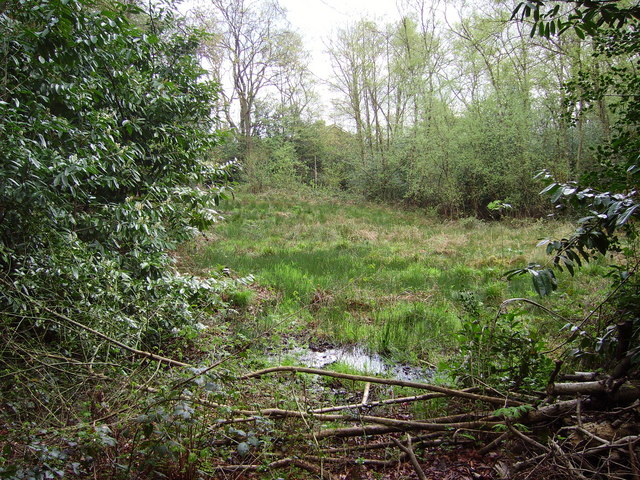On this day 40 years ago, Aldershot found itself on the frontline of a terrorist attack. At 12.40pm a blast tore through the 16th Parachute Brigade Headquarters. A stolen blue Ford Cortina had been packed with 200lbs of explosives by the IRA. Its spokesperson in Dublin said the attack was first in a series of operations aimed at British headquarters serving in Northen Ireland. Now its also seen as a reprisal attack for the lives lost in what's now called "Bloody Sunday", all be it a "Miscalculated" one.
The explosion hit in the very heart of the Army town. But by an irony not unusual in such situations, the only army officer killed in the attack – which was meant to target army officers – was Captain Gerry Weston, a Roman Catholic chaplain. He had recently returned from service in Ulster, where he had acquired a reputation as a successful peacemaker.
Six other civilians, who all worked in the mess, were also killed in the attack on February 22 1972: Thelma Bosley, Margaret Grant, John Haslar, Joan Lunn, Jill Mansfield and Sheri Munton.
I remember being told the story of the attack when i was younger, and I couldn't understand how War could come to my hometown in one afternoon, but of course sadly now, its a concept we're all familiar with.
In a bumper edition of the then Weekend News, published after the explosion, the true devastation of the event was described.
“Within seconds, ambulances and fire tenders were on the scene,” the news article read.
“And men from nearby barracks whose windows had been blown in had already dashed to the dust-shrouded wreckage to claw at the rubble with their hands to release the trapped victims.
“On the scene itself, the square mess building stood a mere skeleton – with a heap of rubble as high as the ceiling of the ground floor spewed out in front of it.
“Grey concrete dust covered everything and soon the grim-faced rescue workers took on as pale a look with the powder on their faces as the injured they dragged from the debris.
“Pieces of cars – including the one used in the attack – rained down on buildings up to 150 yards away and charred wreckage from the vehicles littered Pennefathers Road.”
Within 10 minutes of the blast, police and army personnel ringed the entire area and searched traffic in and out of the barracks.
More than 150 extra police were brought into Aldershot, from Thames Valley, Surrey and the Metropolitan, and an inquiry was immediately set up.
My Dad and Nan were having lunch about 1 mile away when it happened, they said they felt a VERY strong shake in the ground, and the deep blast sound reverberated in your ears for a while after. They knew immediately what had occured, it was only the plume of smoke seconds later than confirmed their fears. Looking out the front door, they saw debris raining down.
Frightnenly, my Grandad was on route to the Parachute Officers mess (where he was working as an accountant after coming out of the army) when he was called back for a cup of tea by the kitchens cook at a Barracks up the road - because he always went through the kitchen door rather than the front. Horrible to think that fellow women army cooks up the road were killed only minutes later, he could have been in THAT kitchen instead. I don't think he could believe his luck that day. But for all my Dad&Nan knew, he was there when it happened. I can't imagine how frightening that must have been for all of them. He said missed it by about 5 - 10 minutes. Makes you think.
But it later backtracked when news reached Dublin that its operation ‘success’ had killed a Roman Catholic army padre, five female kitchen staff and a gardener. The Official IRA admitted a ‘miscalculation’ had led to the murder of the civilian mess staff.
Noel Jenkinson was convicted of the murders after a 21-day trial at Winchester Crown Court and died four years later in prison.
Today to commemorate the tragedy, a service is being held at the (usually sealed-off) memorial in the former Montgomery Lines barracks in Aldershot. The event, organised by landowners Grainger and Rushmoor Borough Council, takes place at 12.15pm.
Thanks for reading!
Katie













